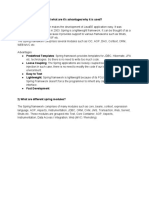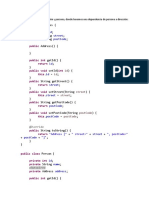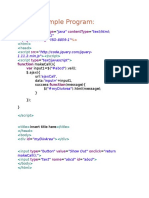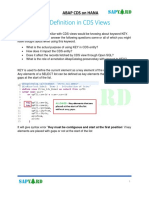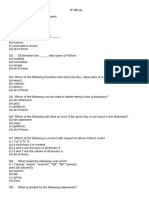0% found this document useful (0 votes)
13 views24 pages1 Write A Spring Program For Dependency Injection by Using Constructor With Tag. Slip 1
Uploaded by
pmovies347Copyright
© © All Rights Reserved
We take content rights seriously. If you suspect this is your content, claim it here.
Available Formats
Download as PDF, TXT or read online on Scribd
0% found this document useful (0 votes)
13 views24 pages1 Write A Spring Program For Dependency Injection by Using Constructor With Tag. Slip 1
Uploaded by
pmovies347Copyright
© © All Rights Reserved
We take content rights seriously. If you suspect this is your content, claim it here.
Available Formats
Download as PDF, TXT or read online on Scribd
/ 24
















